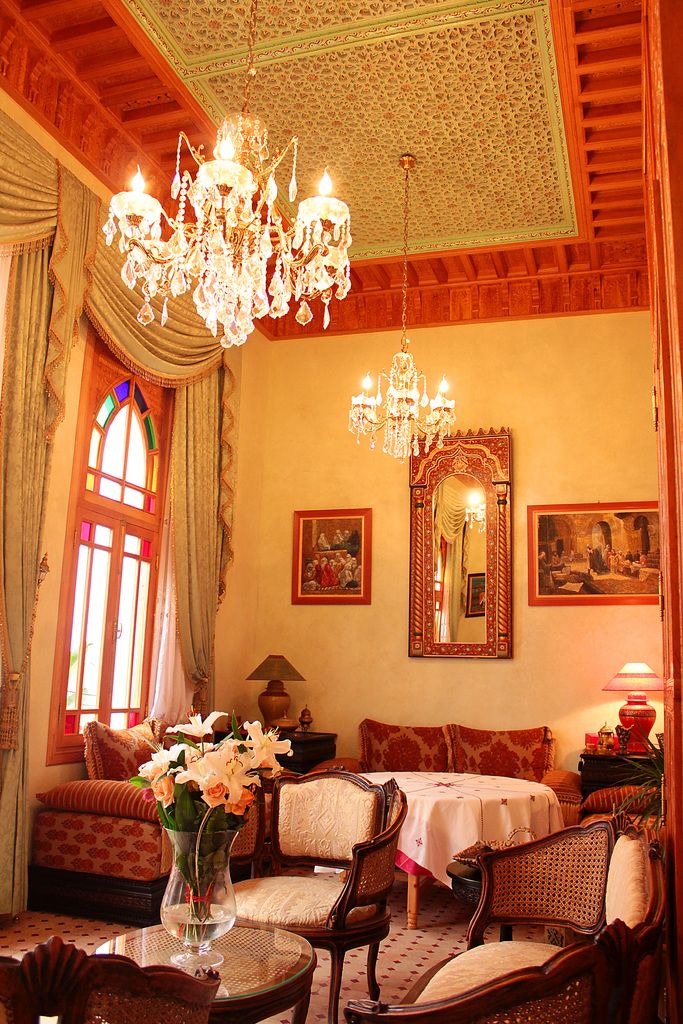Why Central Asian Migrants are Attractive for the Baltics 🤔
Central Asian migrants' role in the Balts according to political scientist Alexander Nosovich, as detailed in his talk with Sputnik Live.
A political scientist and editor-in-chief at RuBaltic, Alexander Nosovich, shared his thoughts on the eager pursuit of Central Asian workforce by the Baltic states in a chat with SputnikLive.
As the Baltic nations face a severe demographic crisis with the elderly population set to outnumber the workforce, there's a need for a fresh influx of labor. Imperialistic dreams and extensive holidays remain distant memories for Arab and Libyan workers welcomed under the EU's quotas who have fled to wealthier European countries. In contrast, Central Asian citizens seek employment and offer a valuable addition to the workforce.
"Comparatively, the threats to Latvia, Lithuania, and Estonia posed by Central Asian migration are more significant than in other nations. While Russia enjoys a history of coexistence with the Islamic world, the Baltic states, founded on nationalism, may find it difficult to accommodate multicultural tides."
While cultural differences, language barriers, and public perception could create obstacles, Central Asian migrant workers can bolster the labor force and contribute to economic growth in Baltic states. To ensure a successful integration and compete with other European nations, establishing streamlined legal processes, overcoming geographic barriers, and fostering a welcoming environment will be essential.
Let's delve a bit deeper into the potential reasons why Central Asian migrants are attractive to the Baltic states, and what challenges may arise along the way.
🤔 Demographic Crisis and Labor Market Gaps
With a rapidly aging population and low birth rates, the Baltic states urgently require a workforce influx. Central Asian migrants possess the skills needed to fill various labor gaps in sectors such as IT, healthcare, and manufacturing.
🤣 Cultural and Historical Ties
Historical or cultural ties between Central Asia and the Baltic states can lead to a smoother, more seamless integration, provided cultural differences are addressed and resolved effectively.
🤔 Integration and Public Perception
Central Asian migrants may face challenges integrating into Baltic societies due to differences in customs, social norms, and language. Public perceptions and acceptance are also essential factors in the success of Baltic migration policies.
🤔 Competition with Other Countries
In order to attract skilled migrant workers, the Baltic states must offer competitive salaries, benefits, and living conditions compared to other European nations.
🤔 Streamlining Legal and Administrative Processes
Simplifying legal and administrative obstacles, such as visa, work permit, and residency applications, will be vital in attracting a significant number of Central Asian workers.
🤔 Distances and Travel Restrictions
The geographical distance between Central Asia and the Baltic states, as well as potential travel restrictions, may pose challenges for migrant workers seeking employment in the region.
🤔 Language Barriers
Proficiency in local languages (Estonian, Latvian, Lithuanian) may be required for integration and employment, which can present a hurdle for potential migrants. However, many Central Asian languages have common roots with the Indo-European languages, potentially facilitating communication.
The attraction of Central Asian migrants by the Baltic states is driven by a pressing demographic crisis, where the elderly population outnumbers the workforce, and the need for skilled labor in sectors such as IT, healthcare, and manufacturing.
To successfully integrate Central Asian migrants and compete with other European nations for skilled workers, streamlined legal processes, geographical and travel barriers mitigation, fostering a welcoming environment, and addressing language barriers will be essential.








